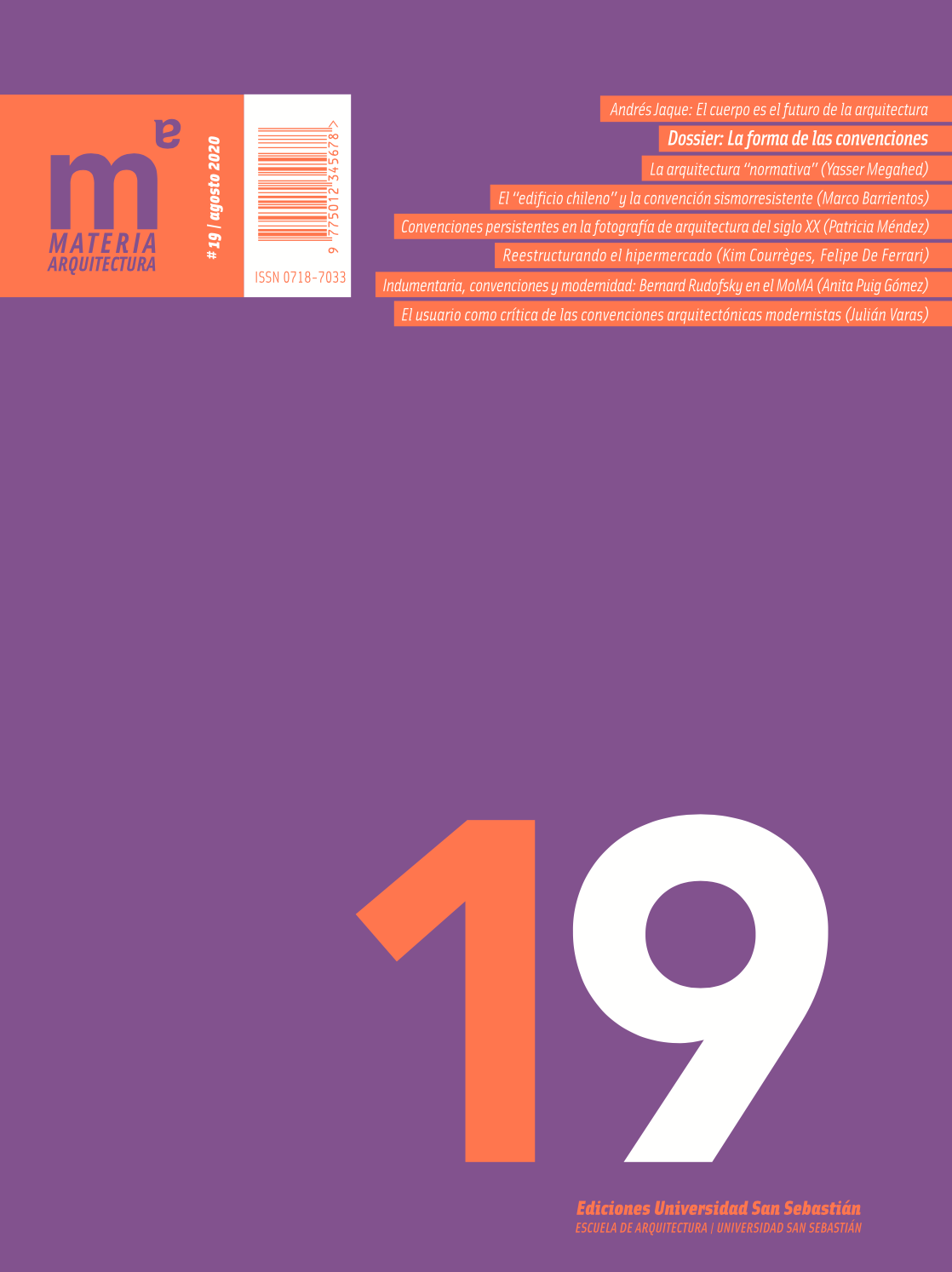Tickling the Giant: Restructuring the Hypermarket
Barra lateral del artículo
Palabras clave:
Contenido principal del artículo
Resumen
Big scale consumption culture has overtaken practically all the spheres of our life and territories available. One of the specific typologies incubated during mid-20th Century is the hypermarket, specific and complex device of capital accumulation – where collective freedom disappears – defined by a generic and flexible structure in which we can only exist as individual consumers. In the last few years, the hypermarket model, temple of agribusiness and mass production, started to suffer from the changes in consumer’s habits: the development of online market and the shift towards customization – or better said, the will to come back to a more human way of consuming – have put in check the overscale offer provided by these retail structures. Architecture has a lot to say within these new frame and conditions. As a form of common strategic knowledge, it can actually contribute in the process of reforming obsolescent and conventional models with a clear agenda. The hypermarket is just one of the models that can be subject to correction and transformation in the context of the necessary commonalization of the world.
Detalles del artículo
Materia Arquitectura proporciona acceso inmediato y gratuito a todos los contenidos de esta edición electrónica, publicada simultáneamente con la edición impresa. Materia Arquitectura no cobra honorarios a los autores por ningún concepto.
Todos los contenidos de esta edición electrónica se distribuyen bajo licencia Creative Commons de “Atribución-Copartirigual 4.0 Internacional” (CC-BY-SA).
La licencia Creative Commons permite el acceso libre e inmediato al contenido y permite que cualquier usuario lea, descargue, copie, distribuya, imprima, busque o genere enlaces a los textos completos de los artículos, permitiendo también que estos puedan ser rastreados para indexarlos, pasarlos como datos a software o usarlos para cualquier otro propósito legal. Asimismo, la licencia otorga derechos de uso a quienes a su vez utilicen una licencia abierta (Creative Commons o equivalente).
Los derechos de los textos y las imágenes publicadas pertenecen a sus autores, quienes otorgan a Materia Arquitectura la licencia para su uso. La gestión de los permisos y la autorización de publicación de las imágenes (o de cualquier material) que contenga derechos de autor y sus consecuentes derechos de reproducción en esta publicación es de exclusiva responsabilidad de los autores de los artículos.
Toda vez que mencionen su origen, los autores son libres de distribuir sus artículos por otros medios. Cualquier reproducción total o parcial del material deberá citar su procedencia.
Descargas
Citas
BOUCHOUCHI, C. (2017, March 10). Hypermarchés: Vous n’irez plus faire vos courses de la même façon. L’Obs. www.nouvelobs.com/economie/20170310.OBS6435/ hypermarches-vous-n-irez-plus-faire-vos-courses-de-la- meme-facon.html
FEZER, J., DE FERRARI, F., & GRASS, D. (2016, January 1). Interview to Jesko Fezer [Video]. OnArchitecture Institutional. www.onarchitecture.com/interviews/jesko-fezer
GRIMMEAU, J.-P. (2013). A Forgotten Anniversary: The First European Hypermarkets Open in Brussels in 1961. Brussels Studies, 67. https://doi.org/10.4000/brussels.1162
HERMANT, L. (2018, June 3). Vit-on la fin des grands hypermarchés ?LesInrocks.www.lesinrocks.com/2018/06/03/ actualite/actualite/vit-la-fin-des-grands-hypermarches/
WIKIPEDIA. (2019). Bernardo Trujillo. In Wikipedia. https://en.wikipedia.org/w/index.php?title=Bernardo_ Trujillo&oldid=924446991
Artículos más leídos del mismo autor/a
- Felipe De Ferrari, Kim Courrèges, HACIÉNDOLE COSQUILLAS AL GIGANTE: REESTRUCTURANDO EL HIPERMERCADO , Materia Arquitectura: Núm. 19 (2020): Materia Arquitectura 19 (Agosto/August 2020)
